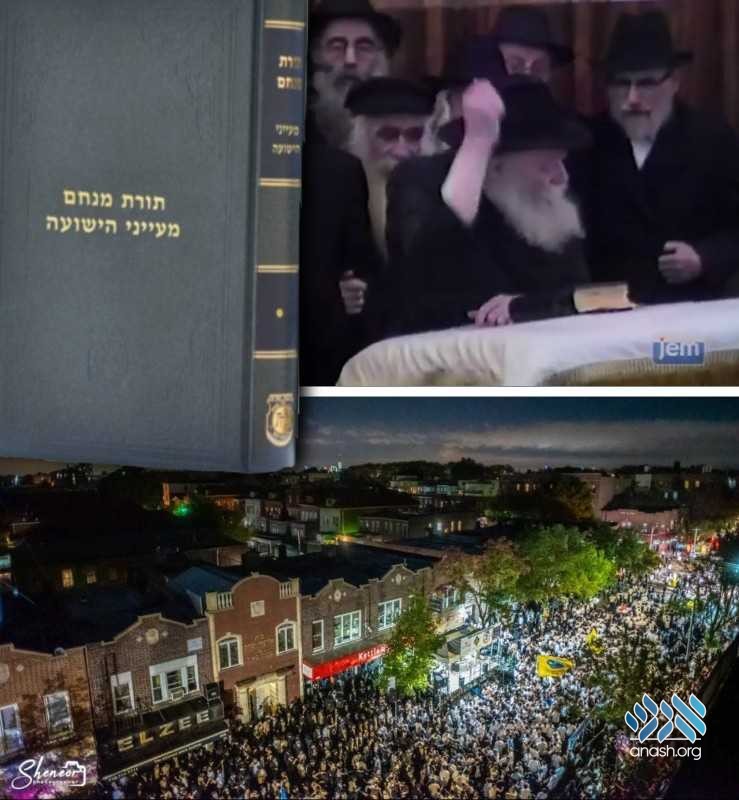Illustration Photo
Seforim Review: The Rebbe’s sichos on Simchas Beis Hashoeva and the Ushpizin can be hard to learn in the original. The newly redone sefer ‘Maaynei Hayeshuah’ arranges them in a way that help you grasp the full picture.
By Motti Wilhelm for Anash.org
Every year on Sukkos, beginning from 5741, the Rebbe would deliver a sicha each night of Yom Tov. Usually beginning with a lively niggun, the Rebbe would then address the theme of the day, the Ushpizin, the Chumash learned that day and other timely topics.
As Sukkos arrives every year, chassidim try to tap into the uniqueness of each day of Yom Tov by learning and relearning the sichos said in those years. Reading about the Ushpizin and the Chassidishe Ushpizin of the day, and the special quality of each day Sukkos helps one connect to the true depth contained in each moment of the Yom Tov.
However, when attempting to learn these sichos, one may be presented with challenges that can prevent him from grasping the full picture of what the Rebbe is trying to address. Sichos from one year frequently refrenced previous sichos, and at other times the Rebbe would lightly touch on a topic, which could only be fully understood by studying another sicha.
The newly redone ‘Maaynei Hayeshuah’, published by Lahak Hanachos just in time for the 40th anniversary of the Rebbe’s first Simchas Beis Hashoeva sichos, repackages the teachings in a format that makes them accessible and easy to understand.
The sefer is divided into sections, each one covering one topic connected with Simchas Beis Hashoeva and the day of Yom Tov. In each, one can read everything the Rebbe said about the given topic, allowing one to fully appreciate the message of the sicha.
One outstanding example is the section on the Ushpizin. Nearly every year, the Rebbe would discuss the Ushpizin and Chassidishe Ushpizin, deducing a lesson that could be learned from both of them or from each one individually. In absence of this sefer, to find out what the connection is between Avraham Avinu and the Baal Shem Tov, he would have to open numerous seforim and learn snippets of sichos to piece together how they correspond and what lesson we can learn.
In the new sefer on the other hand, one is presented with ten pages where one is presented with a full analysis of the similarities and the differences, the lessons and teachings that we are meant to live with on the first day of Sukkos.
The same applies for the other sections, where one can learn how the Rebbe approached Simchas Beis Hashoeva, its relevance to our time, the Chumash and Tehillim of the day, and other related topics.
In the introduction, the publishers write that the Rebbe expressed great satisfaction with the first edition of the sefer, printed in 5747, and would learn from it on Sukkos. Certainly, every chossid will find that the sefer will transform his Yom Tov and make it into one where he lives with the Ushpizin and the genuine meaning of Simchas Yom Tov.
‘Maaynei Hayeshuah’ can be purchased on SeforimDeals.com

Where are the mekoros? Always so much more Geshmak to learn and have full source and background when needed
The Rebbe is very into having the mekoros put with things
If someone can please clarify
Gut moed
The original Sefer ‘Maaynei Hayeshuah’ that came out in 5747, didn’t either have the Mekoros.